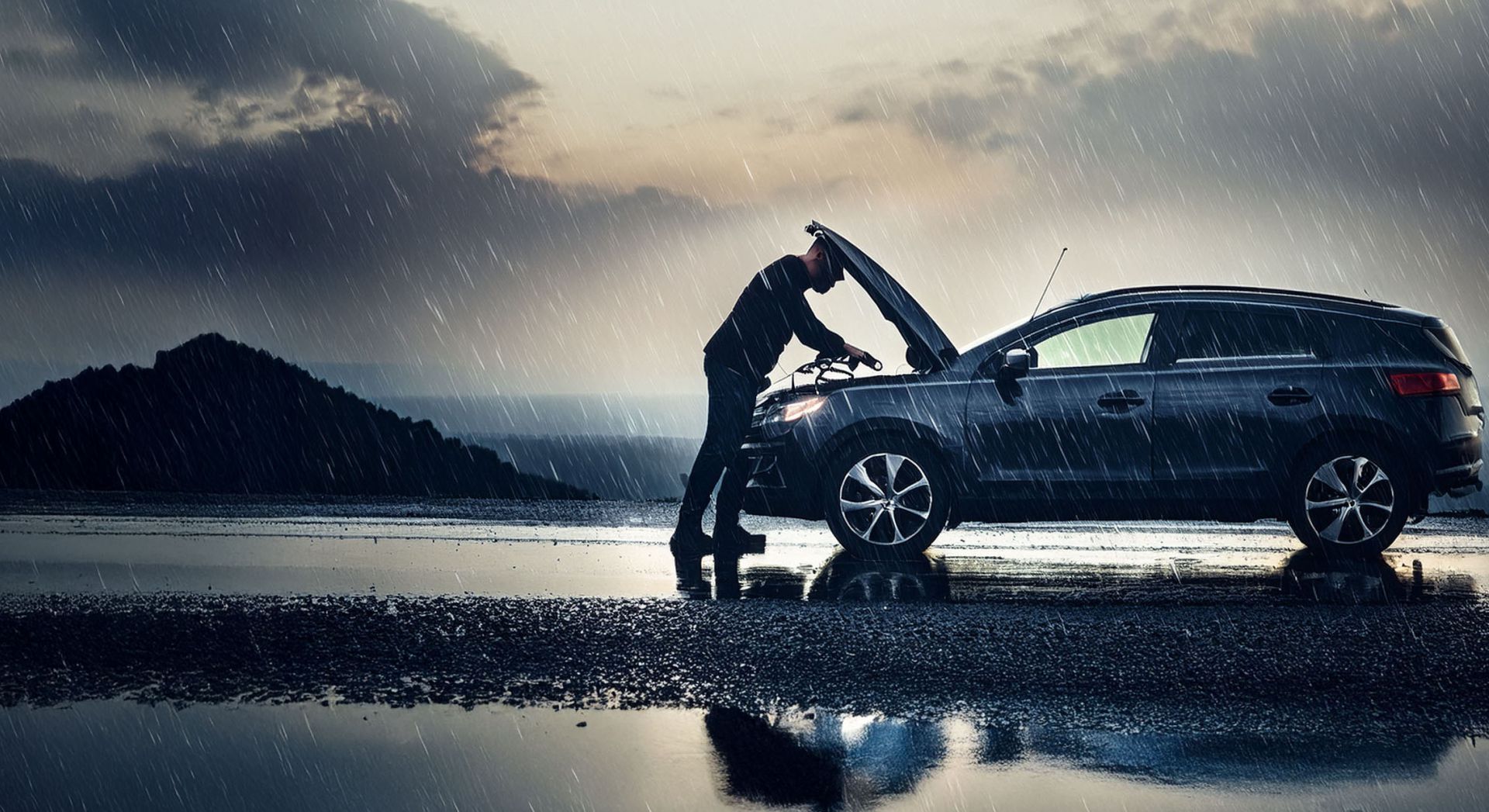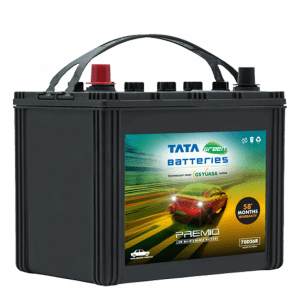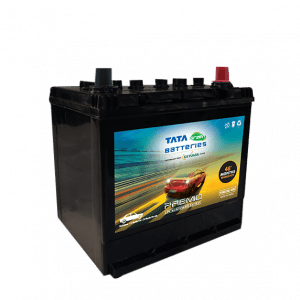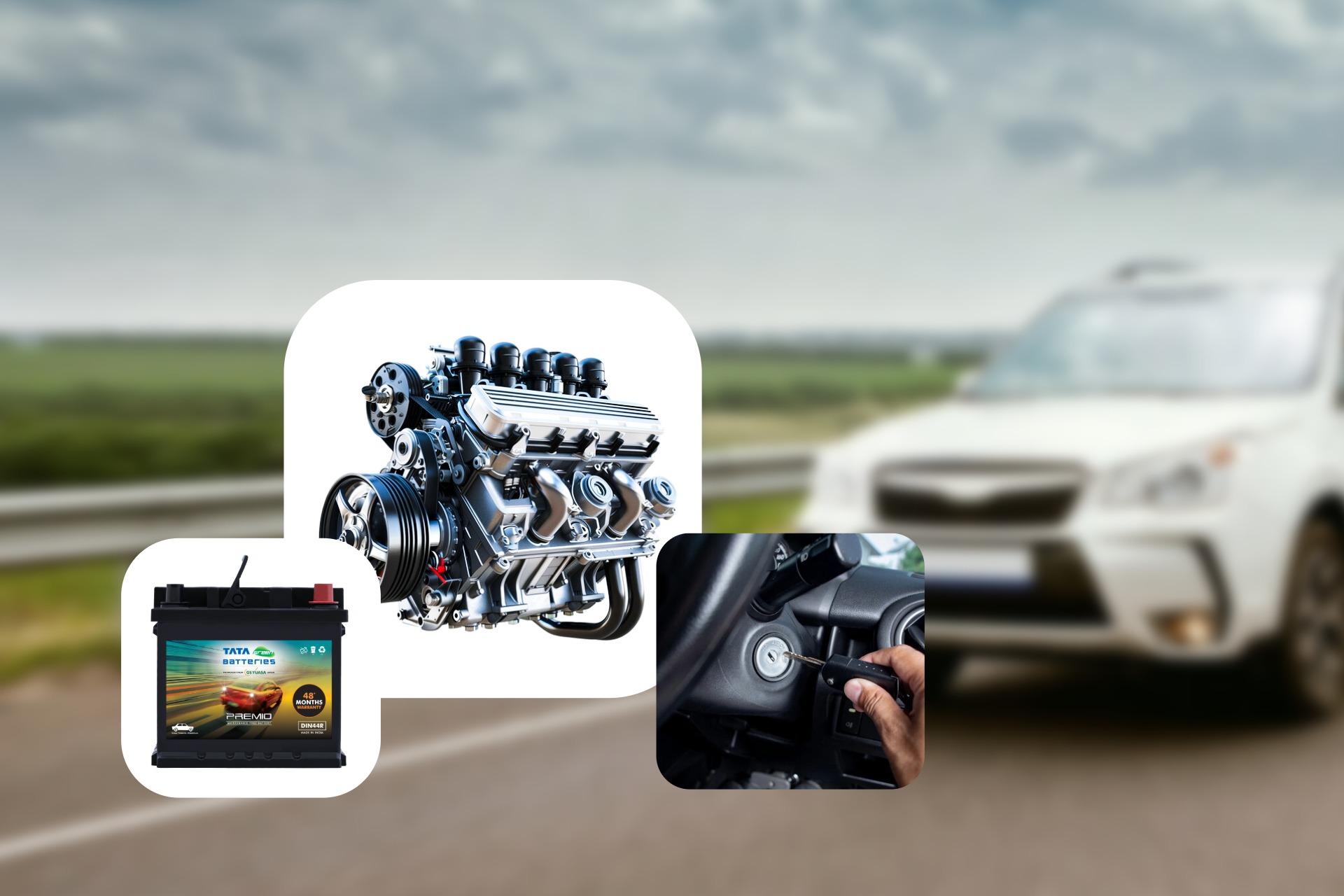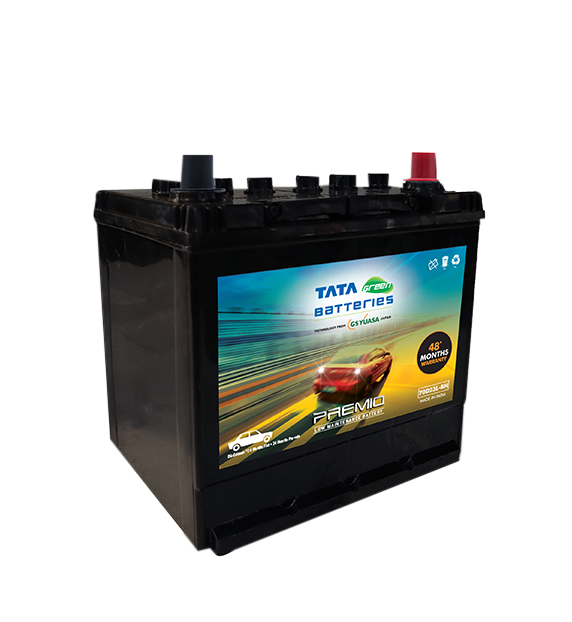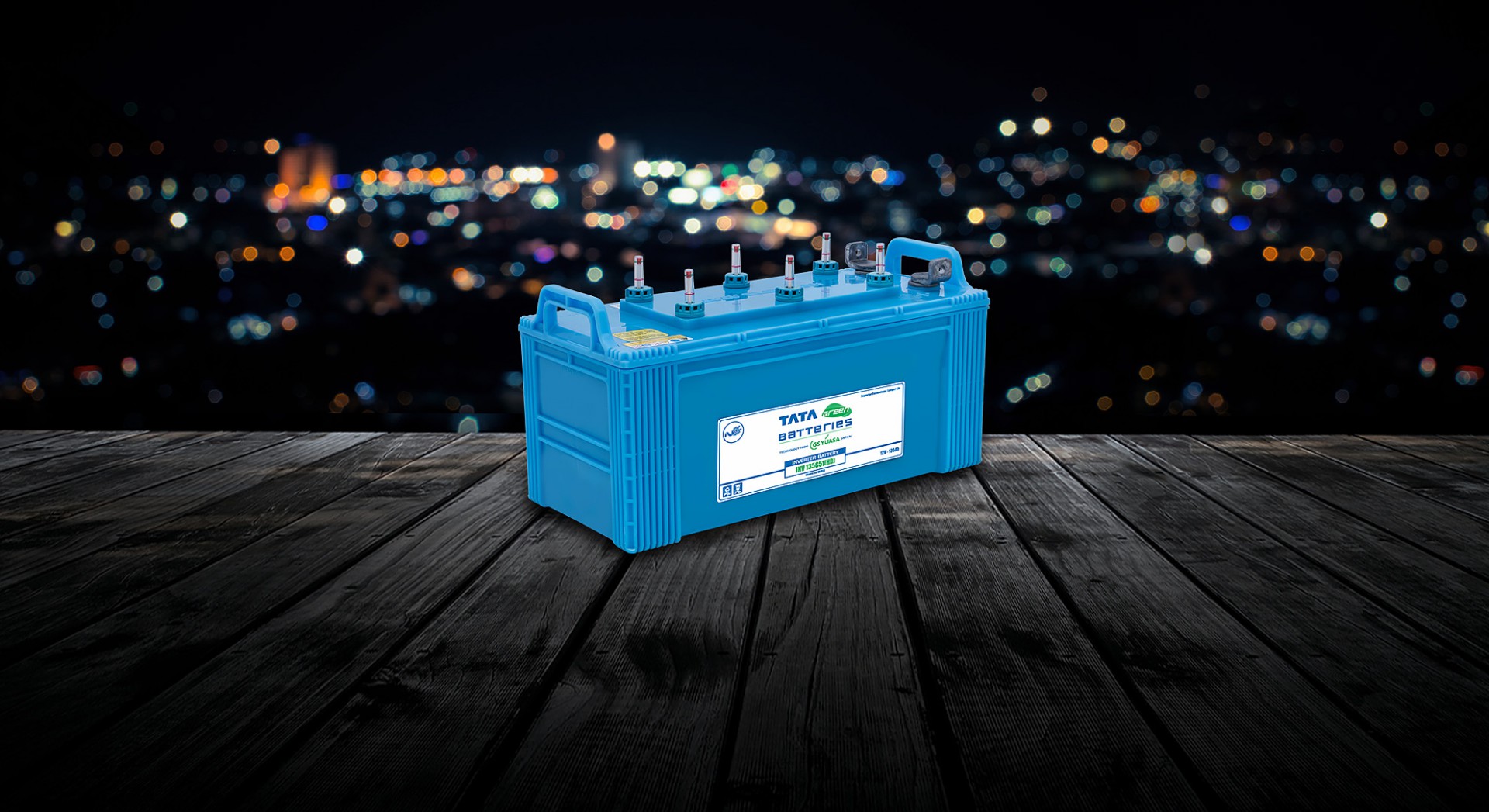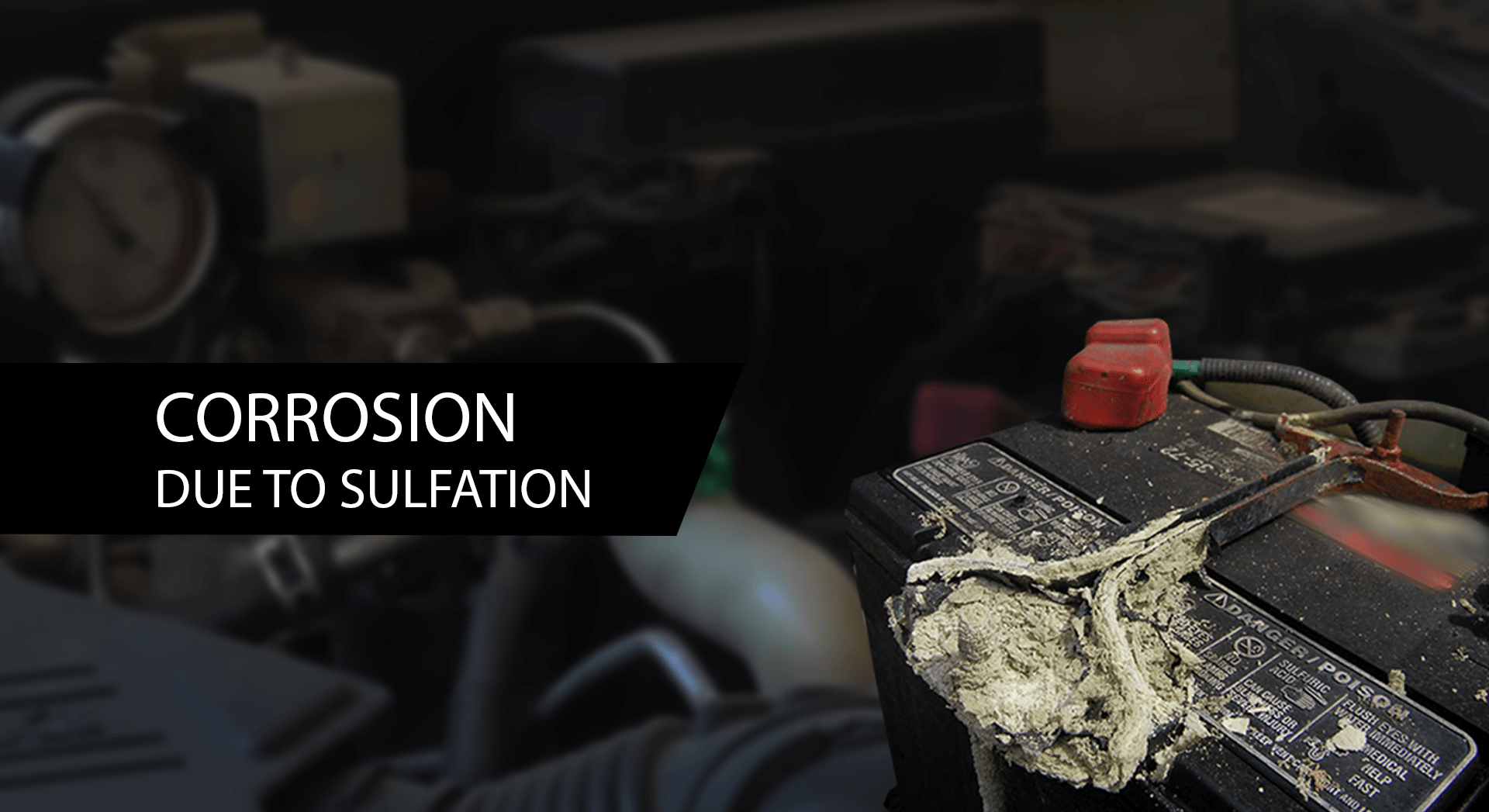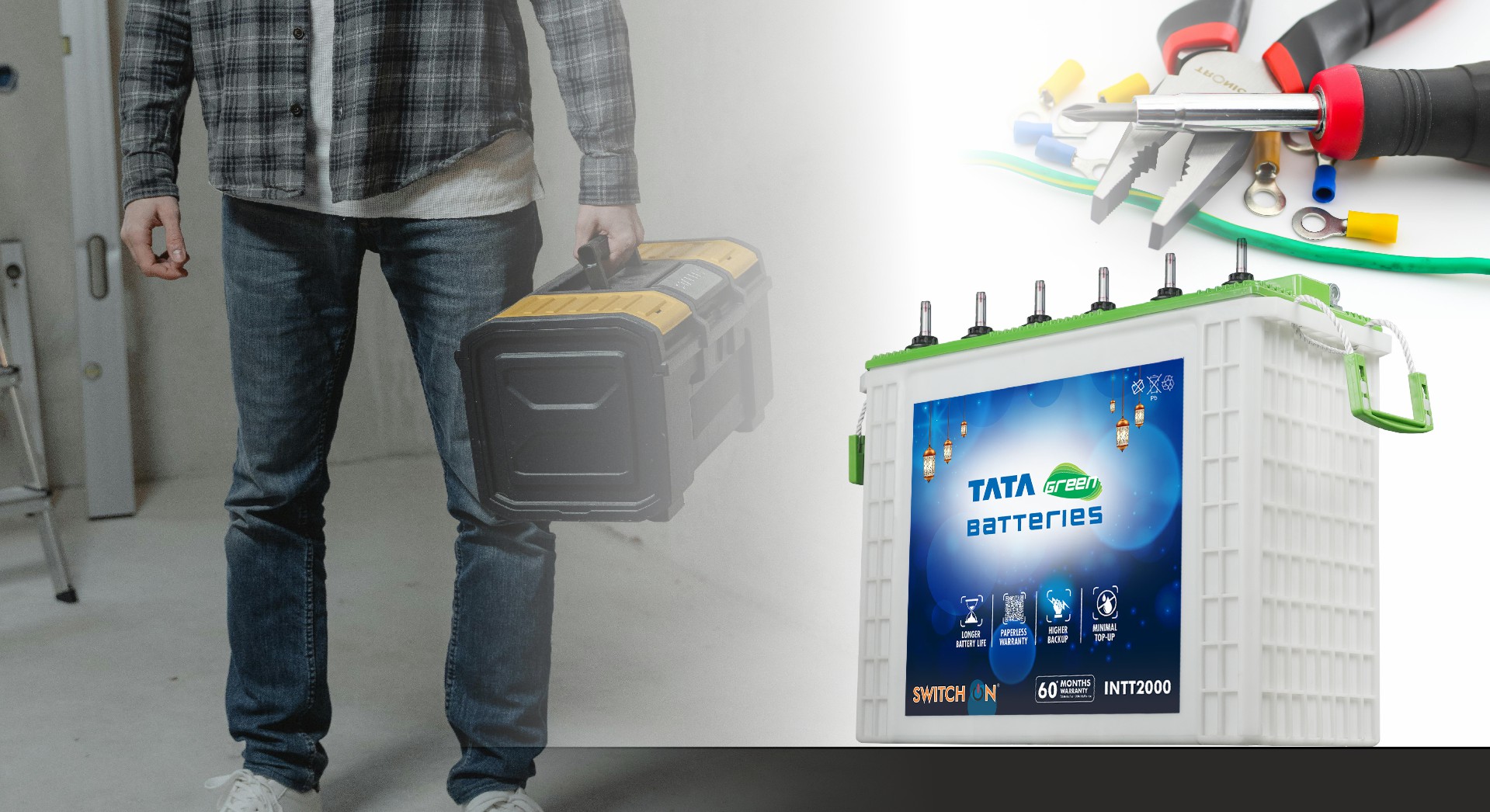There’s nothing more frustrating than getting into your car during a heavy downpour or a cold morning, only to discover that it won’t start. Whether you’re rushing to work or preparing for a family outing, a non-starting car can bring everything to a halt.
The issues can often be because of your car battery, but the problem can also lie with other essential components, such as the alternator, starter motor, or even the fuel system. Cold and wet weather can be especially harsh on vehicle systems, amplifying underlying problems.
In this guide, we’ll explore why your car won’t start during these times, focus on common battery-related issues and provide guidance on how to care for it.
Reasons Why Your Car Won’t Start in the Cold
Low temperatures and high humidity are enemies of automotive systems. Cold weather thickens your engine oil, slows down chemical reactions in your battery and can cause condensation in the fuel system. Moreover, rainy conditions may lead to electrical short circuits or corrosion on battery terminals.
Let’s take a closer look at some of the issues.
Car Battery Problems
Your car’s battery is the heart of its electrical system. It provides the power needed to start the engine and operate electrical components. If you fail to take proper care of your vehicle battery then your battery is likely to fail you when you need it the most.
Signs Your Car Battery Has a Problem
Check the below signs to know if your battery is the issue:
- The engine cranks slowly or not at all.
- Dashboard lights are dim, or the headlamps flicker.
- Clicking sound when turning the key, but the engine doesn’t start.
- Battery warning light glows on the dashboard.
- Corrosion around battery terminals or a bloated battery case.
How to Fix Car Battery Problems
If you suspect a battery issue:
- Check the terminals for corrosion. Clean them gently with a wire brush.
- Jump-start the car using jumper cables or a battery booster pack.
- Test the battery voltage using a multimeter (a healthy battery reads 12.6V or higher).
- If your battery is over 3–4 years old, it may be time for a replacement. Choose trusted brands like Tata Green Batteries. These batteries are durable and perform well even in extreme weather conditions.
How Can I Maintain My Battery During Monsoon or Winter?
- Park indoors when possible to avoid extreme cold.
- Avoid frequent short drives—they don’t allow the battery to fully recharge.
- Turn off electrical accessories (AC, lights, music system) before turning off the engine.
What Else Can I Do to Help My Battery During Monsoons or Winter?
- Check the electrolyte level (for non-maintenance-free batteries) and top up with distilled water.
- Get your battery tested before monsoon hits at a trusted service centre.
Car Alternator Problems
Your battery starts the engine, but your alternator keeps it running by recharging the battery and powering the electrical system. A faulty alternator can mimic battery failure symptoms.
How to Understand and Fix Them
Signs of alternator issues:
- Dim or flickering lights
- Warning lights on the dashboard (usually a battery icon)
- Dead battery despite recent replacement
- Electrical accessories malfunctioning
Fixes:
- Test the alternator output (it should be 13.8V–14.4V when the engine is running).
- Inspect the alternator belt for wear or looseness.
- If faulty, have the alternator replaced by a certified mechanic. Running with a bad alternator can damage your battery and leave you stranded.
Starter Motor Problems
The starter motor is responsible for cranking the engine when you turn the key or push the start button. If the starter fails, the engine won’t turn over—even if your battery is fully charged.
How to Understand and Fix Them
Symptoms:
- Loud clicking sound when you try to start the car
- No engine crank despite good battery voltage
- Burning smell or smoke (a sign of electrical failure)
Fixes:
- Tap the starter gently with a tool—it may work temporarily if the internal components are stuck.
- Check the starter relay and fuse.
- Ultimately, a worn-out starter motor will need professional replacement.
Car Fuel System Problems
Cold and damp conditions can also affect your fuel system, particularly in older vehicles. Water vapour can condense inside fuel lines or the fuel tank, leading to poor combustion or blockage.
How to Understand and Fix Them
Signs of fuel system issues:
- Engine cranks but doesn’t start
- Sputtering sound while starting
- Frequent stalling or rough idling
- Poor mileage and low performance
Solutions:
- Keep the fuel tank at least half full to prevent condensation.
- Use fuel additives or injector cleaners recommended for winter.
- Check the fuel pump and filter if problems persist.
- Schedule a fuel system service if you notice repeated issues.
Your car not starting in cold or rainy weather can be a frustrating experience, but it’s often preventable. While battery issues are the most common culprit, other components, such as the alternator, starter motor and fuel system also play a role.
By staying alert to the early signs of trouble, maintaining your vehicle regularly and using high-quality parts—especially a reliable and weather-resistant battery like Tata Green Batteries you can beat the seasonal blues and keep your car running smoothly year-round.
If your car struggles to start this winter, remember: the problem might be minor today, but ignoring it could leave you stranded tomorrow.

